Powering outdoor recreation
Hiking. Camping. Boating. Fishing. The outdoor enthusiast’s dream awaits at a variety of recreation sites owned and operated by Pacific Power and Rocky Mountain Power.
As a company, we own and manage more than 46,000 acres of lands for wildlife habitat and forestry.
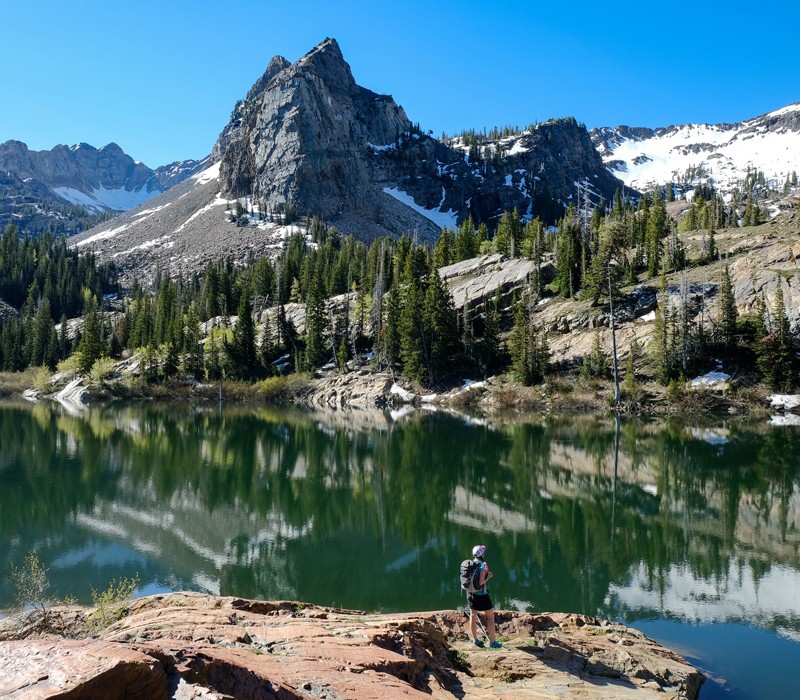
Safety
We are committed to keeping visitors and the public safe near our facilities and waterways. That's why we share important safety information for visitors to our recreational areas and for contractors working near our hydroelectric facilities.
Explore parks and recreational areas
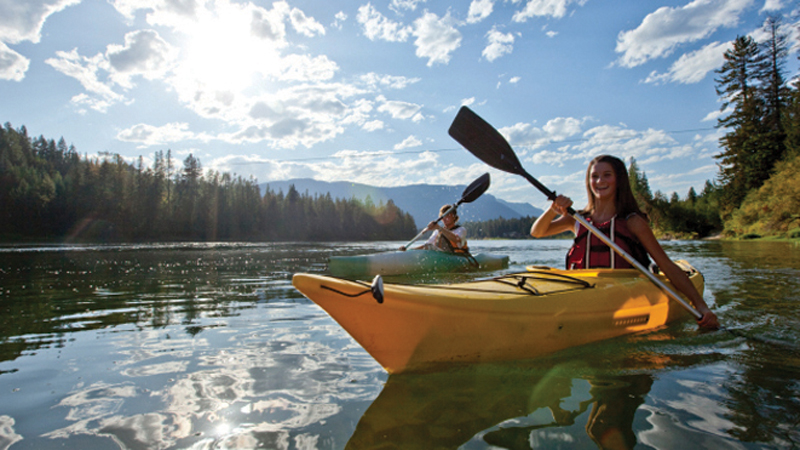
Washington
We operate 14 recreation sites along the Lewis River in southwest Washington, a popular area enjoyed by more than 400,000 visitors annually.
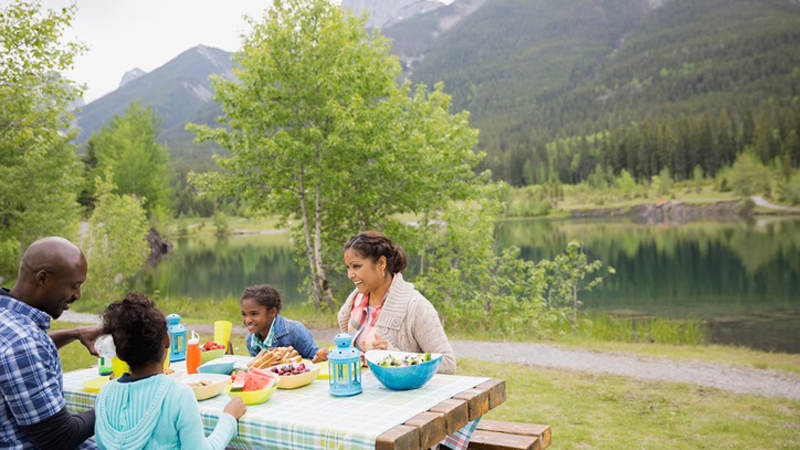
Oregon
Recreation opportunities are available along the Klamath, Rogue, Wallowa and North Umpqua rivers in Oregon.
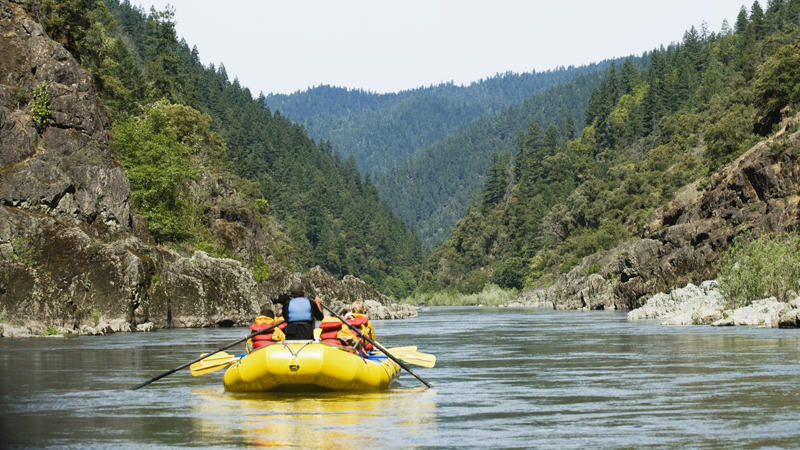
California
Along the Klamath River, recreation opportunities are available at public access sites on the river upstream of Copco Reservoir. Recreation sites on Copco and Iron Gate reservoirs are permanently closed.

Idaho
Recreation opportunities are available at Bear Lake, Bear River, Alexander Reservoir, Oneida Reservoir and the Henry’s Fork of the Snake River.
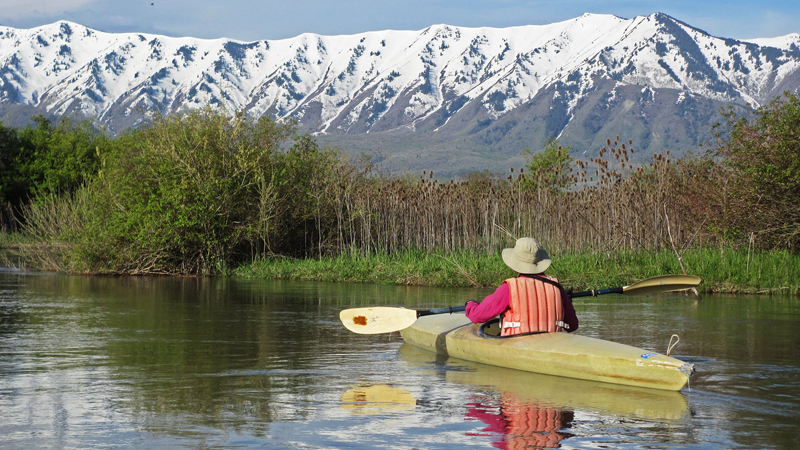
Utah
Find recreation opportunities at our Cutler, Weber and Stairs Hydroelectric Projects.

Wyoming
Explore recreation opportunities along the Jim Bridger Reservoir, North Platte River, Ham’s Fork River and Viva Naughton Reservoir.
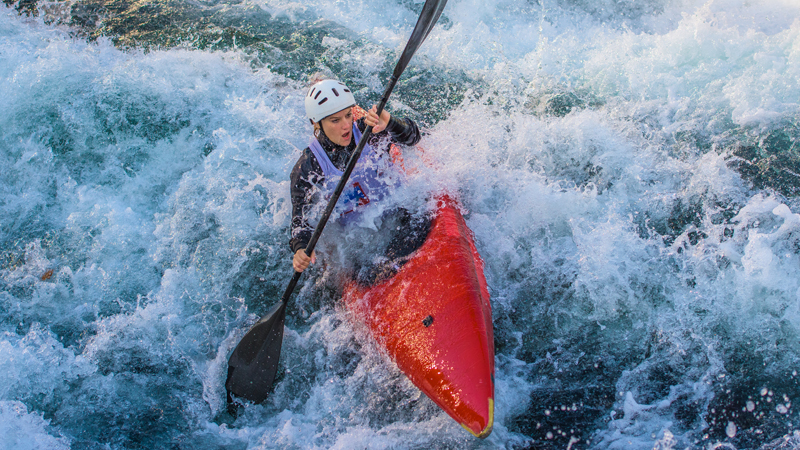
Montana
Rocky Mountain Power provides recreation opportunities in Bigfork, Montana, as part of Bigfork Hydroelectric Project.
Water release information
To assist recreation and resource managers, we provide flow information for the following projects:
- North Fork Lewis River
- Klamath River
- Bear River
- North Umpqua River
- Rogue River
- Black Canyon
- Weber River
You can also call our flow line at 1-800-547-1501.
Caring for our lands
Recognizing that large numbers of visitors each year can have a negative impact on the environment, we have incorporated many features into our recreation sites, including:
- Leaving day use parking areas as grass to help maintain winter forage for elk.
- Reducing the size of parking lots to save the natural plant buffer, which is habitat for many different animals and birds.
- Opening the parks seasonally to ensure that elk and other wildlife have a safe winter home.
- Taking care to preserve the trees and natural vegetation whenever possible to preserve micro-habitats.
- Installing log booms to protect shorelines from wave and boat impact.
- Modifying company property land leases adjacent to waterways to include environmental protection clauses. For example, no farming to the edge of the reservoir is permitted.